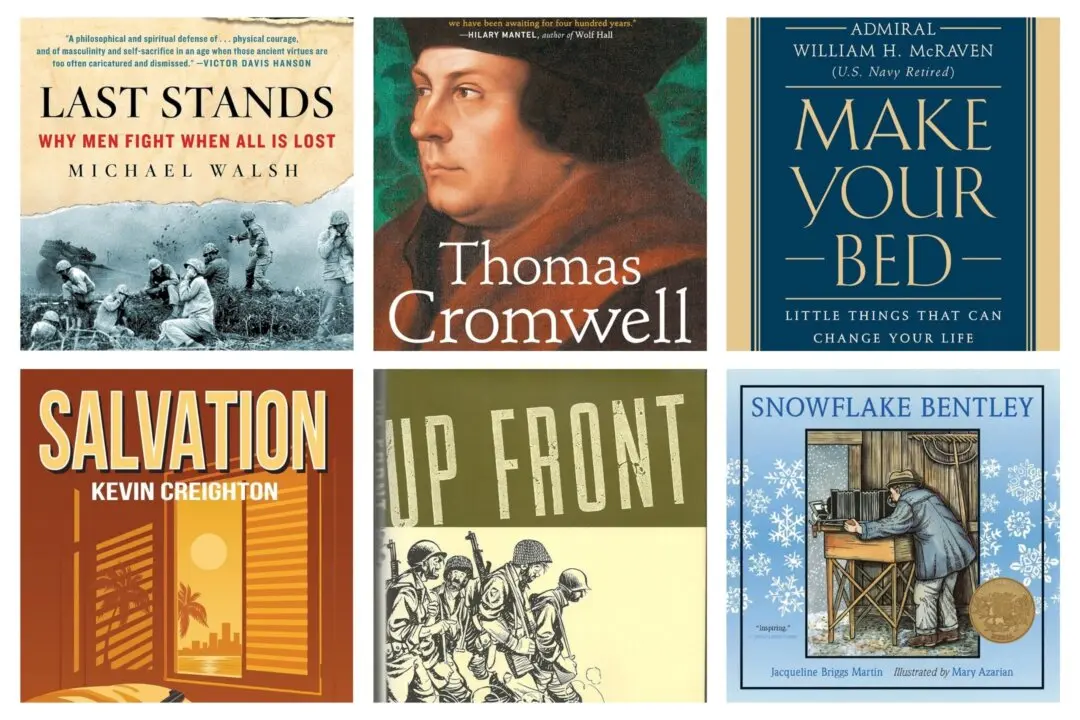The Oxford Dictionary defines chivalry as “the combination of qualities expected of an ideal knight, especially courage, honor, courtesy, justice, and readiness to help the weak.” Chivalry, as noted in the definition, was best expressed by knights, and they rarely expressed this virtue better than during times of conflict. Although this virtue was a chief cornerstone of the knights’ social code, it seems to have been a virtue adopted by other groups, and none more clearly than the knights’ archnemeses—the warriors of Islam.
In Simon Mayall’s latest book, “The House of War: The Struggle Between Christendom and the Caliphate,” we are presented with the age of chivalry in all its courageous and bloody glory. The author discusses the beginnings of both Christianity and Islam, and how each, through internal power struggles and religious schisms, found ways to war among themselves.






